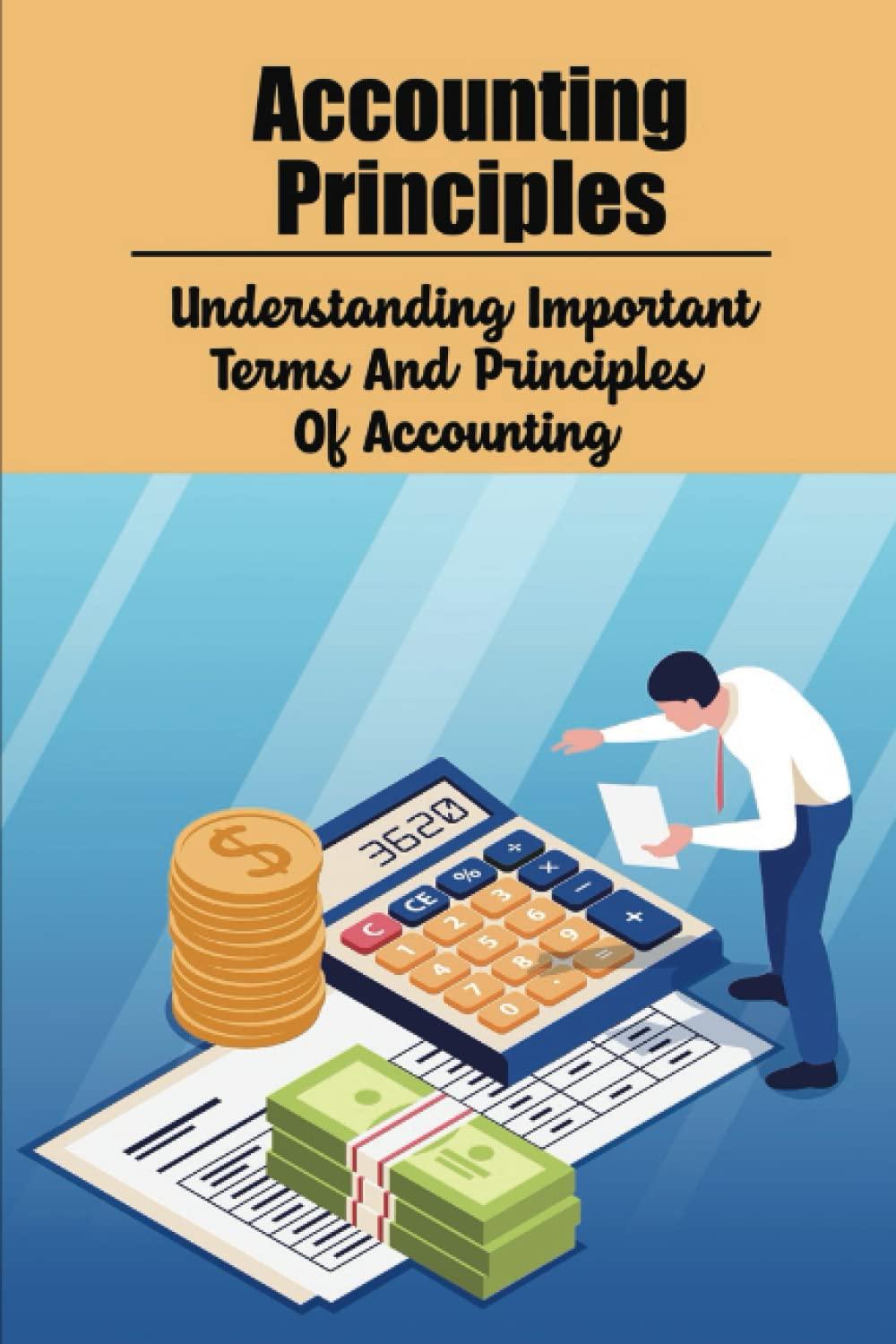Question
Beyond Bankruptcy: How Failed Stores Come Back Online By Erica E. Phillips and Stephanie Gleason | Aug 05, 2017 TOPICS: Bankruptcy, Brand Management, Business Models,
|
| Beyond Bankruptcy: How Failed Stores Come Back Online By Erica E. Phillips and Stephanie Gleason | Aug 05, 2017
TOPICS: Bankruptcy, Brand Management, Business Models, Costs, E-Commerce SUMMARY: You may recognize some of the brands in this article. One thing they have in common is that their companies went bankrupt and closed stores, but the brand lives on. Bankruptcy might mean the end of a company, but not the end of a brand. There is value to a recognized brand even if the business model for selling it was not a success. Selling apparel online costs less, although it is also interesting to note differences in the kinds of costs as shown in the diagram "A Leg Up". A brand from a bankrupt company in the retail clothing industry has value, but that value depreciates as time passes if e-commerce sales do not begin quickly. Transitioning to entirely online sales has challenges that include lining up new designers and manufacturers and setting up distribution networks for ship-to-home sales. Companies that buy brands after bankruptcy view online only sales as a short-term solution. The goal is to return brands to department stores and boutiques. CLASSROOM APPLICATION: The story of bankrupt brands that hope to find new life as e-commerce companies helps show the value of brands and innovative ways to transform them after bankruptcy. Although initial efforts involve creating online-only brands, the long-term plan is to return them to retail stores. The long list of brands includes many familiar ones that have recognition with consumers; Wet Seal, BCBG Max Azria, American Apparel, Coldwater Creek and The Limited. These are brands that had brand-specific stores and those locations all closed because of bankruptcy. The online-only value of the brands exists if they can quickly begin selling via e-commerce. As time passes after stores close and before e-commerce sales begin, the value of the brand declines. The diagram "A Leg Up" is way for students to understand and compare e-commerce costs with those of brick-and-mortar stores. There are categories of expenses in each not matched by the other distribution channel, but the biggest number to note is the $27 in store payroll not matched in e-commerce. The diagram can be the foundation of a lengthy discussion about the differences in these two business models. 1. Which brands, if any, did you recognize any in the story? What similarities and differences are there with these brands? |
|
| 2. List the breakdown of costs for offline (retail store) sales of a pair of jeans and compare these costs to the costs for a pair of jeans sold only online. |
|
| 3. List the challenges new owners of brands face as they try to transform the brand to e-commerce (selling online only). |
|
| 4. In your opinion, do you think the long-term goal of selling brands in retail stores is realistic? Why or why not? |
|
| 5. Why does the value of a brand drop quickly after bankruptcy? |
Step by Step Solution
There are 3 Steps involved in it
Step: 1

Get Instant Access to Expert-Tailored Solutions
See step-by-step solutions with expert insights and AI powered tools for academic success
Step: 2

Step: 3

Ace Your Homework with AI
Get the answers you need in no time with our AI-driven, step-by-step assistance
Get Started


